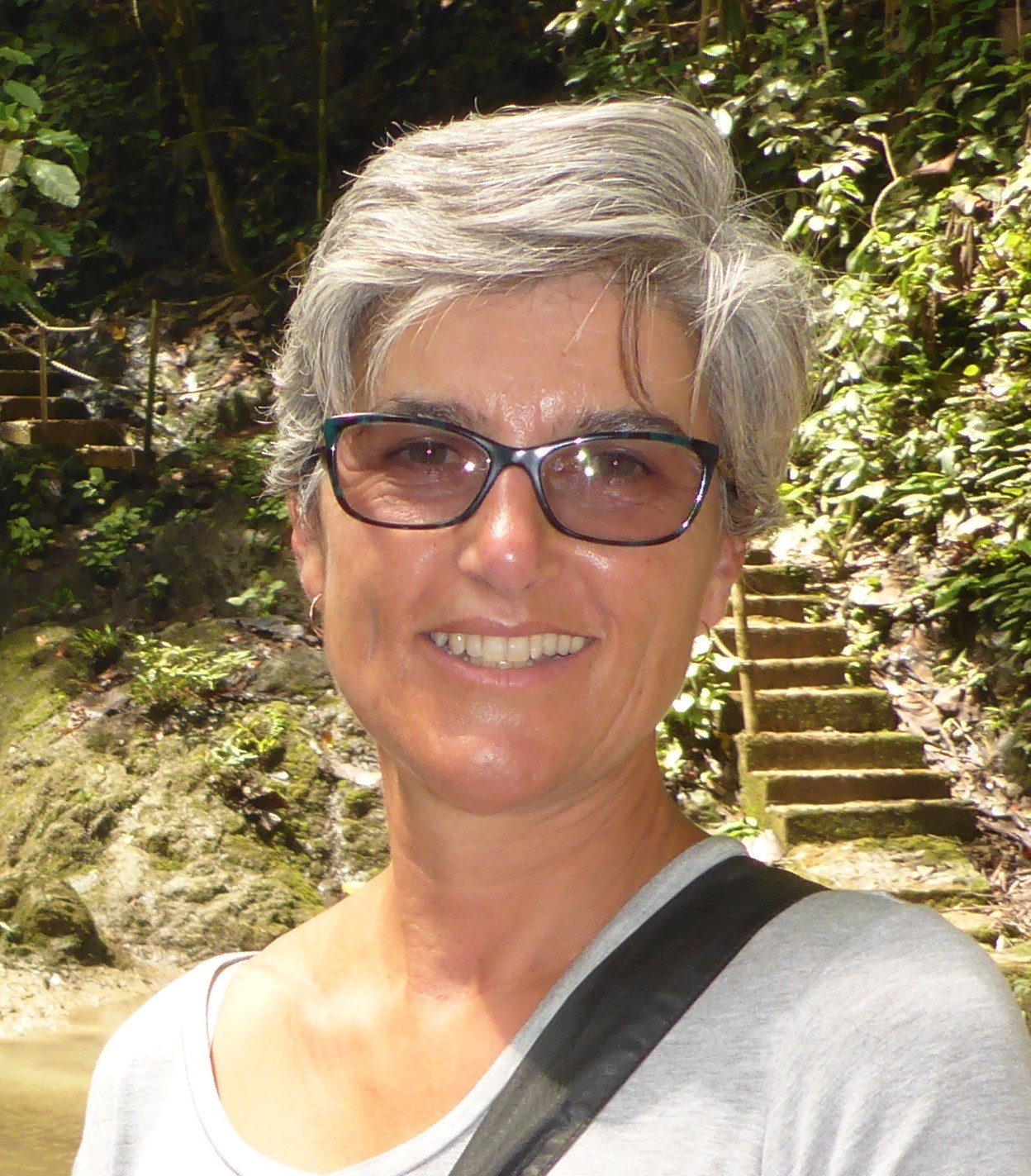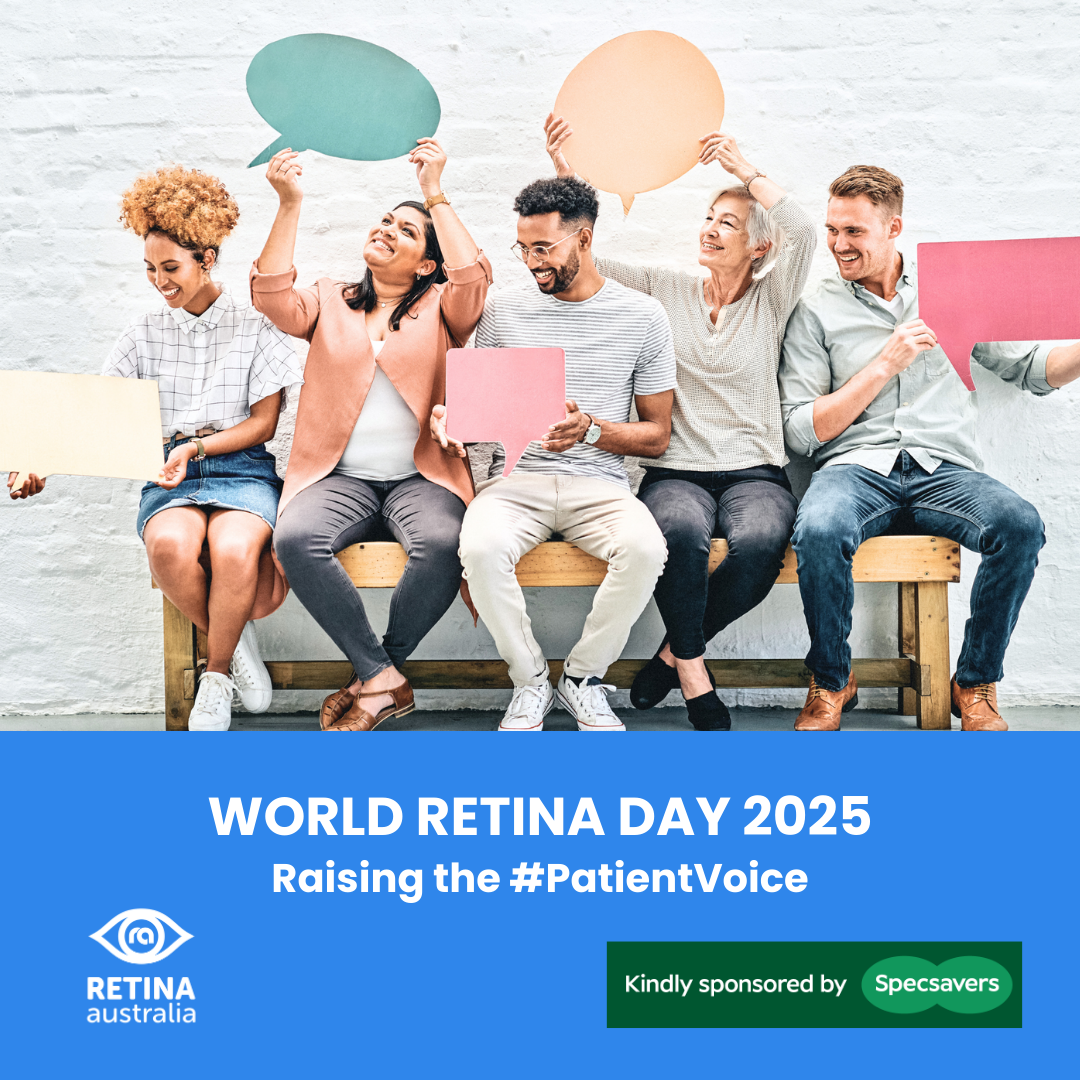16 April, 2025
Hot Off The Press
Check out below to see what new inherited retinal disease (IRD) therapies are in the pipeline!
Base editing – a new treatment
There is now a new and more precise gene editing technique being developed called “base editing”.
Bases are complementary pairs of structures which connect the two strands of DNA like rungs on a ladder, and the order of these base pairs on the DNA strands carries the genetic information.
The editing is done by viral vectors and this study showed very impressive results for Stargardt disease. The researchers are expecting good outcomes in their upcoming human trials and are looking forward to using the base editing technique to treat other IRDs.
Great gene therapy results for Lebers
Leber congenital amaurosis (LCA) – LCA4 leads to very early childhood blindness, and so this study was done with children between 1 and 4 years old who already had extremely poor sight. After treatment, they advanced from legally blind to low vision. Phenomenal! And the effect lasted for the 3-4 yrs of the trial.
The next studies are being fast tracked by the Food and Drug Administration (FDA) and in Europe. Great.
NACA tablets reduce oxidative damage to retinal cells
The FDA has also, excitingly, fast-tracked research into ‘NACA’, (NPI-001; N-acetylcysteine amide), and granted it Orphan Drug Designation for RP.
The understanding is that NACA treatment, which is currently in a pre-clinical stage, boosts the body’s production of glutathione which is a very powerful antioxidant. The glutathione then protects retinal cells from oxidative damage and early death. Watch this space.
K8 for Geographical Atrophy
K8 is a drug that targets complement activation and other inflammatory pathways which cause photoreceptor damage. In a small clinical trial, a single K8 implant injection was given to 5 patients with bilateral Geographic Atrophy (GA). After 3 months the progression of the GA had reduced by an amazing 66%. This was way more effective, and also much safer than any past anti-complement therapies.
A larger trial for 30 patients is on its way.
“Pharmacochaperones” for RP
(Pharmacochaperone! what a wonderful word!)
One of the more common causes of retinitis pigmentosa (RP) is a mutation in the rod opsin (RHO) gene. This mutation causes abnormal folding of the rhodopsin protein. Because the rhodopsin is abnormal, it doesn’t function well and is a cause of early photoreceptor cell death.
Two new pharmacochaperone compounds (JC3 and JC4) have been discovered. They bind to the rhodopsin, make it more stable, and improve the folding and movement of the rhodopsin through the cell. These are very early studies but look promising for increasing the function and lifespan of the rhodopsin proteins.
Long-Read Sequencing Reveals the Genetic Source of Rare Diseases
The development of long-read genetic sequencing is a leap forward for the diagnostic accuracy of very rare IRDs.
In “long-read” sequencing, instead of the usual short-read lengths of 300 bases being analysed at a time, researchers can now analyse lengths of an astonishing 20,000 bases which improves diagnostic speed and accuracy enormously.
Cheaper and better technology these days means that massive amounts of data can be processed way more quickly and cost effectively than in the past. A whopping 70% of rare diseases are known to be genetic in origin, and by examining the DNA with long-read sequencing, the genetic variations will be able to be accurately identified. And identification is the first stage to finding a genetic treatment.
The complete human genome is around 3 billion bases, which is mind boggling (interesting fact).
Long-read sequencing is clearly going to be revolutionary for the diagnosis of IRDs.
Retinoschisis and Lebers Type 1
Good news. There are gene therapies in the early stages of development for both X-Linked Retinoschisis and for Leber congenital amaurosis type 1 (GUCY2D).
The retinoschisis trial is being fast tracked, as there are currently no other treatments in the pipeline for retinoschisis; and the company is using a new and improved type of AAV (adeno associated virus) vector which enables the vector to spread 12x further around the retina, beyond the site of injection. (Does that make it 12x more effective? Hopefully)
That’s all folks, till next time.
Who knows what will pop up next?
It’s all happening
Cathy x
Guest writer – Dr Catherine Civil
My name is Dr Catherine Civil. I have been associated with Retina Australia since the early 2000s. At that time, they were called WARPF, or the WA Retinitis Pigmentosa Foundation. WARPF were raffling a car in a shopping centre, and it caught my eye because my dad and my uncle both had Retinitis Pigmentosa. Being a doctor and a parent, I had a particular interest and awareness, not just of the disease, but of the fact that there was a significant risk that I or my children or my relatives might have inherited it.
I turned up at an AGM and found myself on the Board and engaged in fundraising. I spent several years on the Board and met some wonderful people, and I was even Chairman for a couple of years. When I left, I started writing the “Hot off the Press” research update column for the newsletter.
I arrived from the UK in the early 1990s with my husband and twin baby girls to live in Perth for a year for a bit of sunshine and fun, and we find ourselves still having fun in WA 30 years later, and with a grown son as well.




